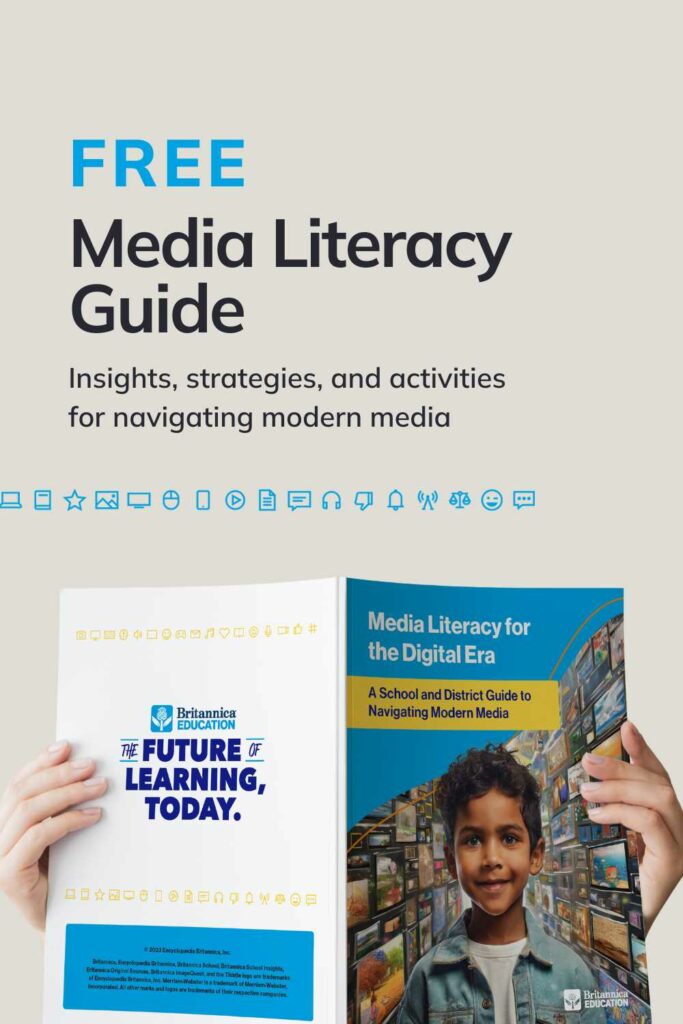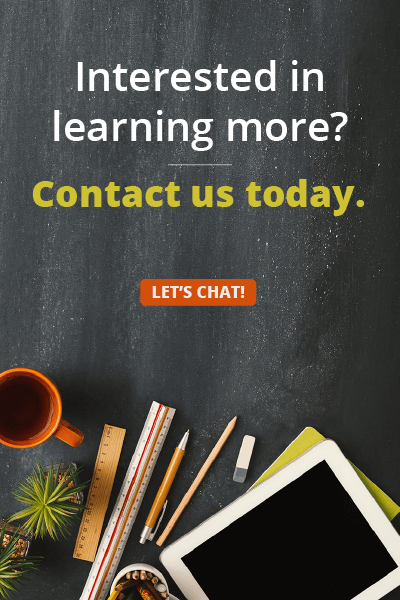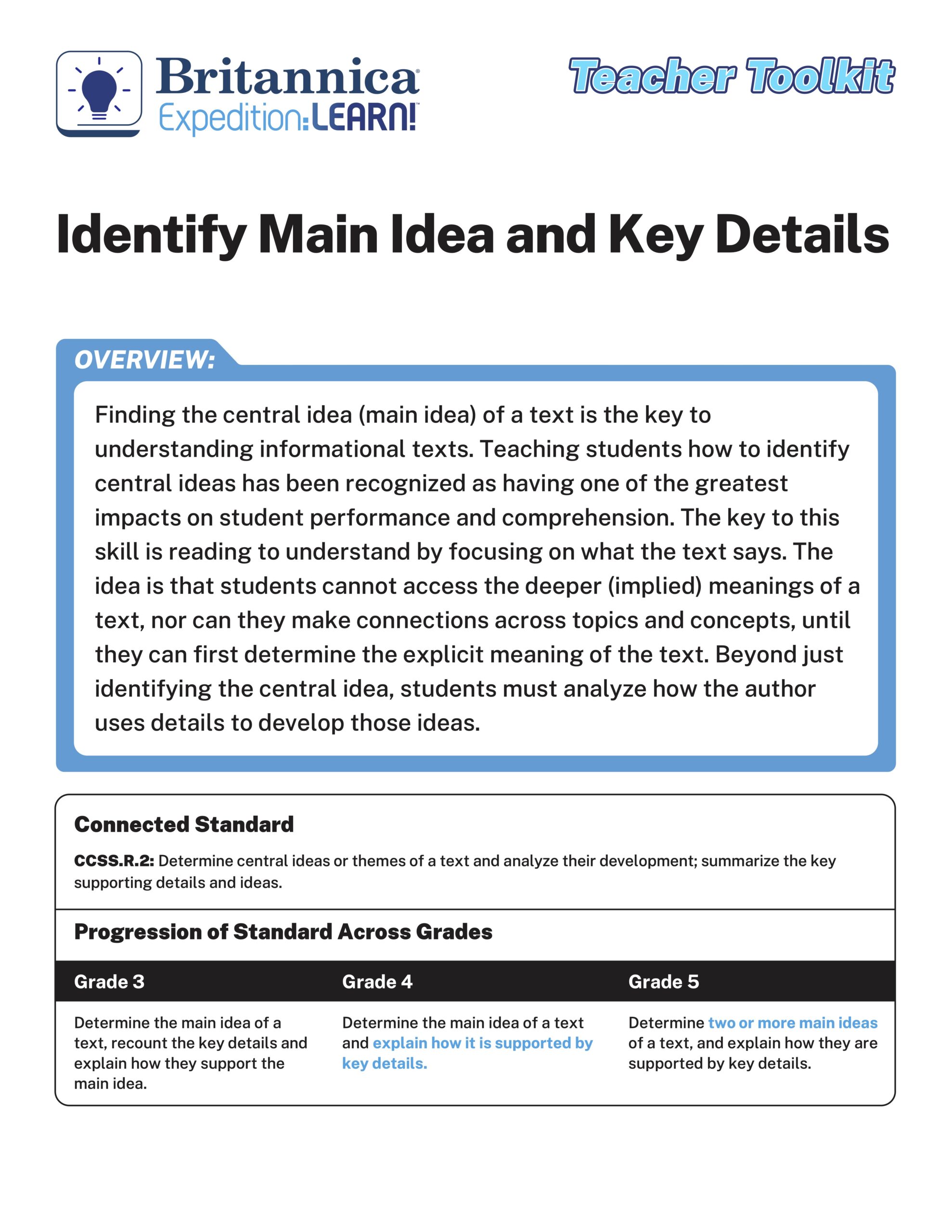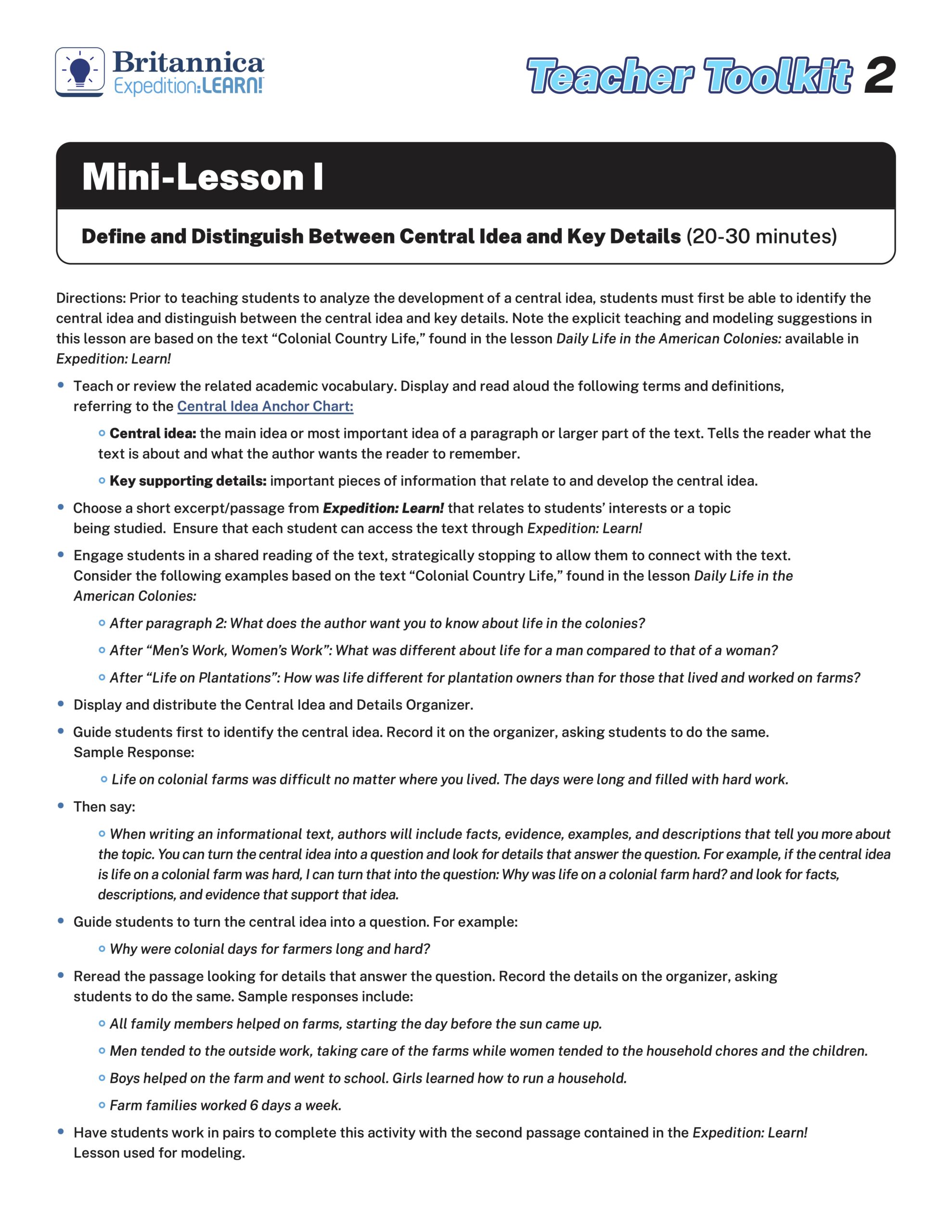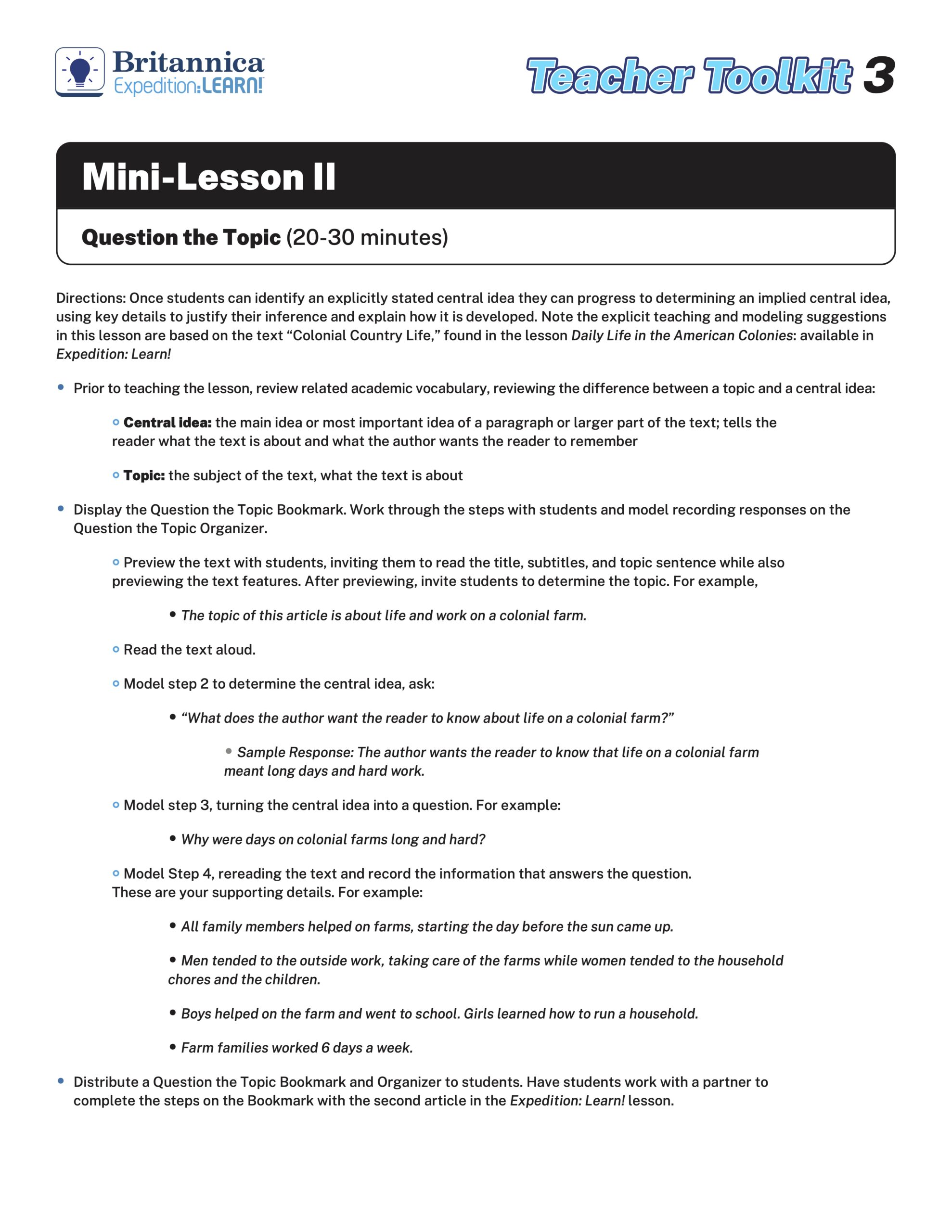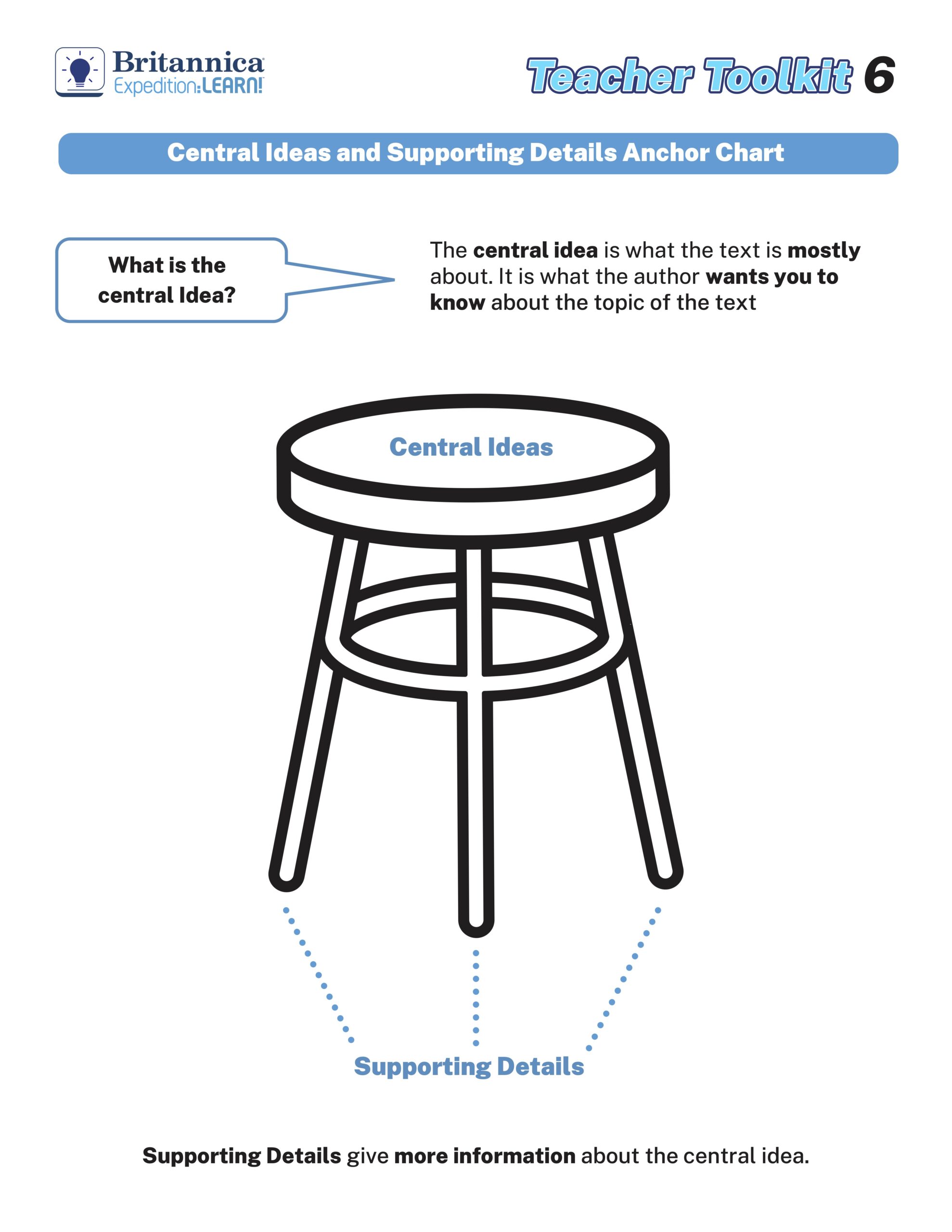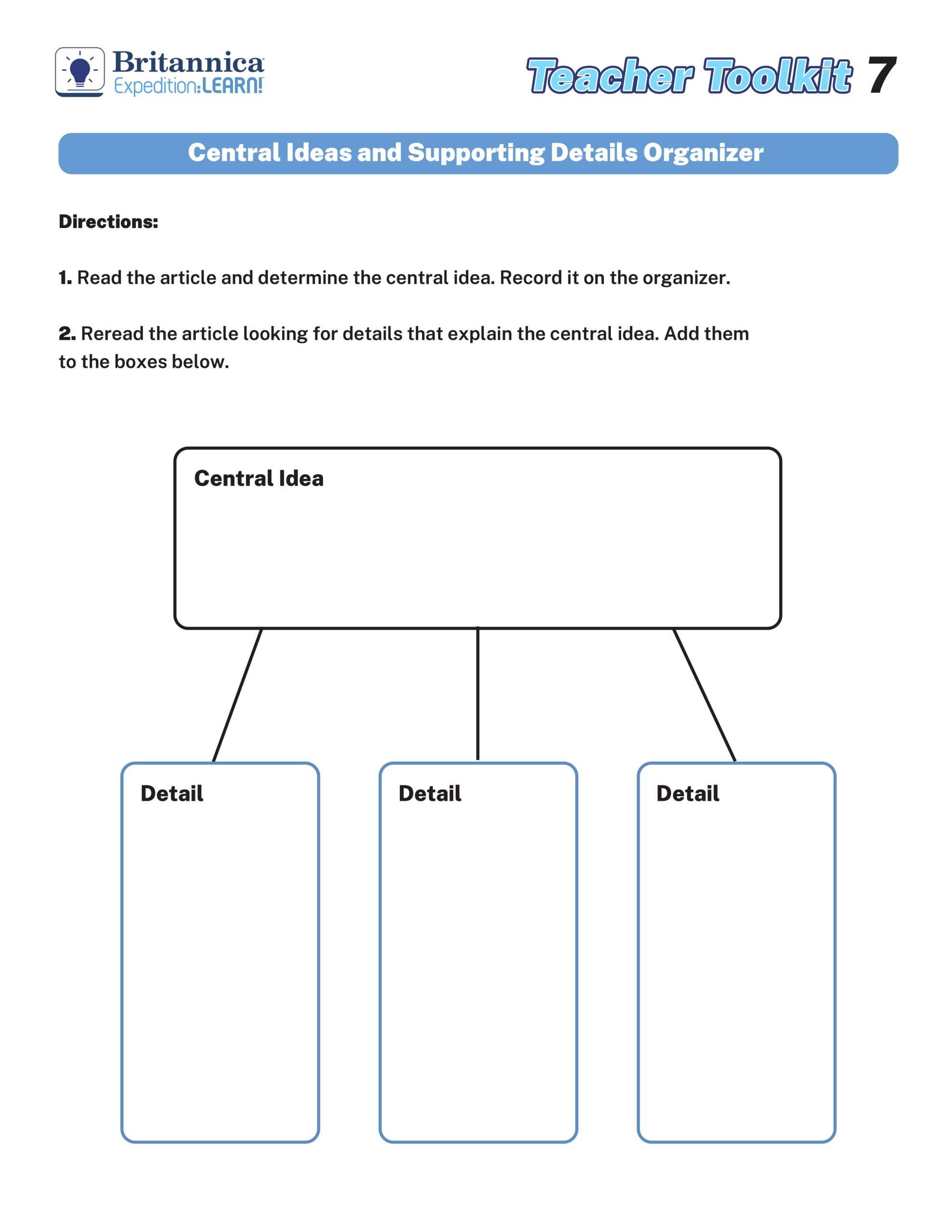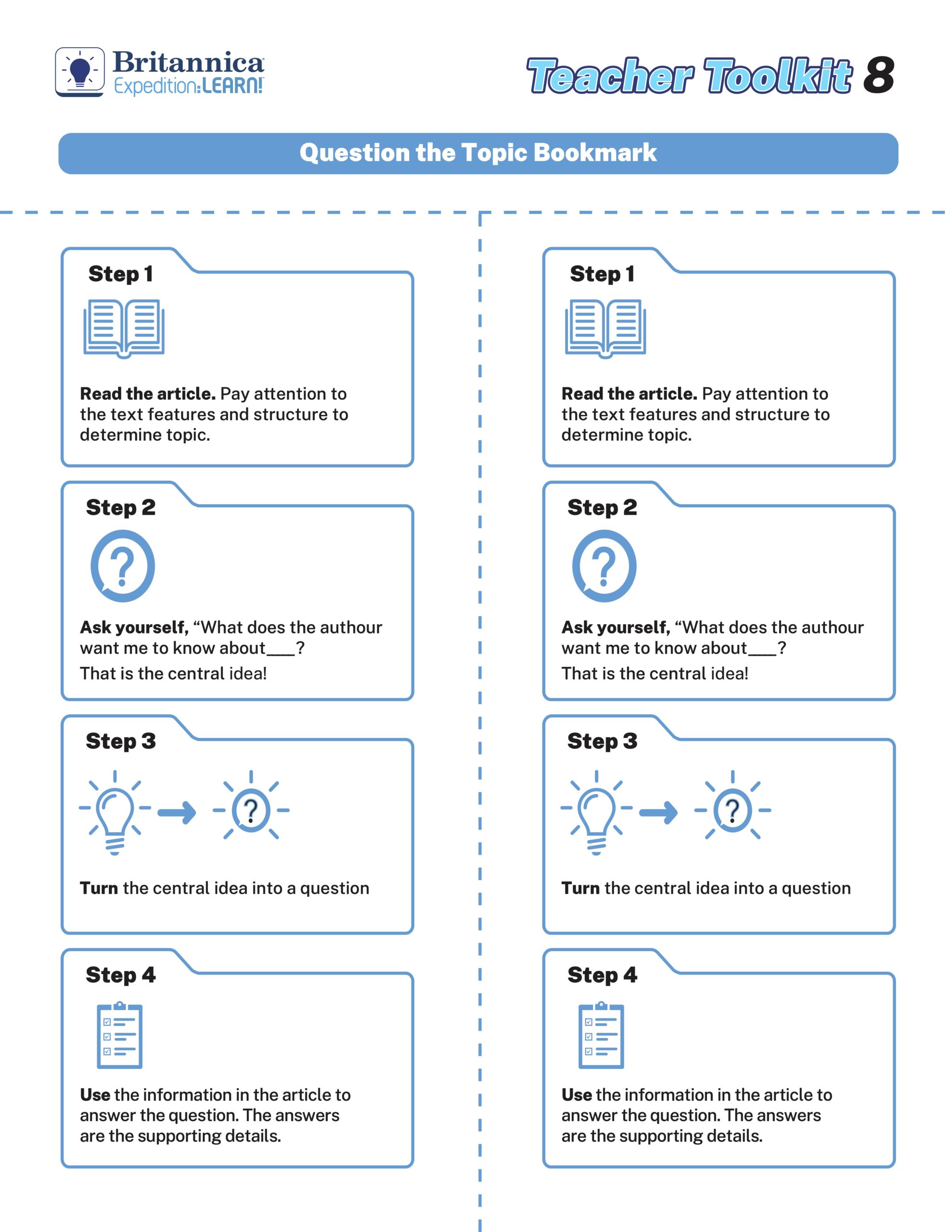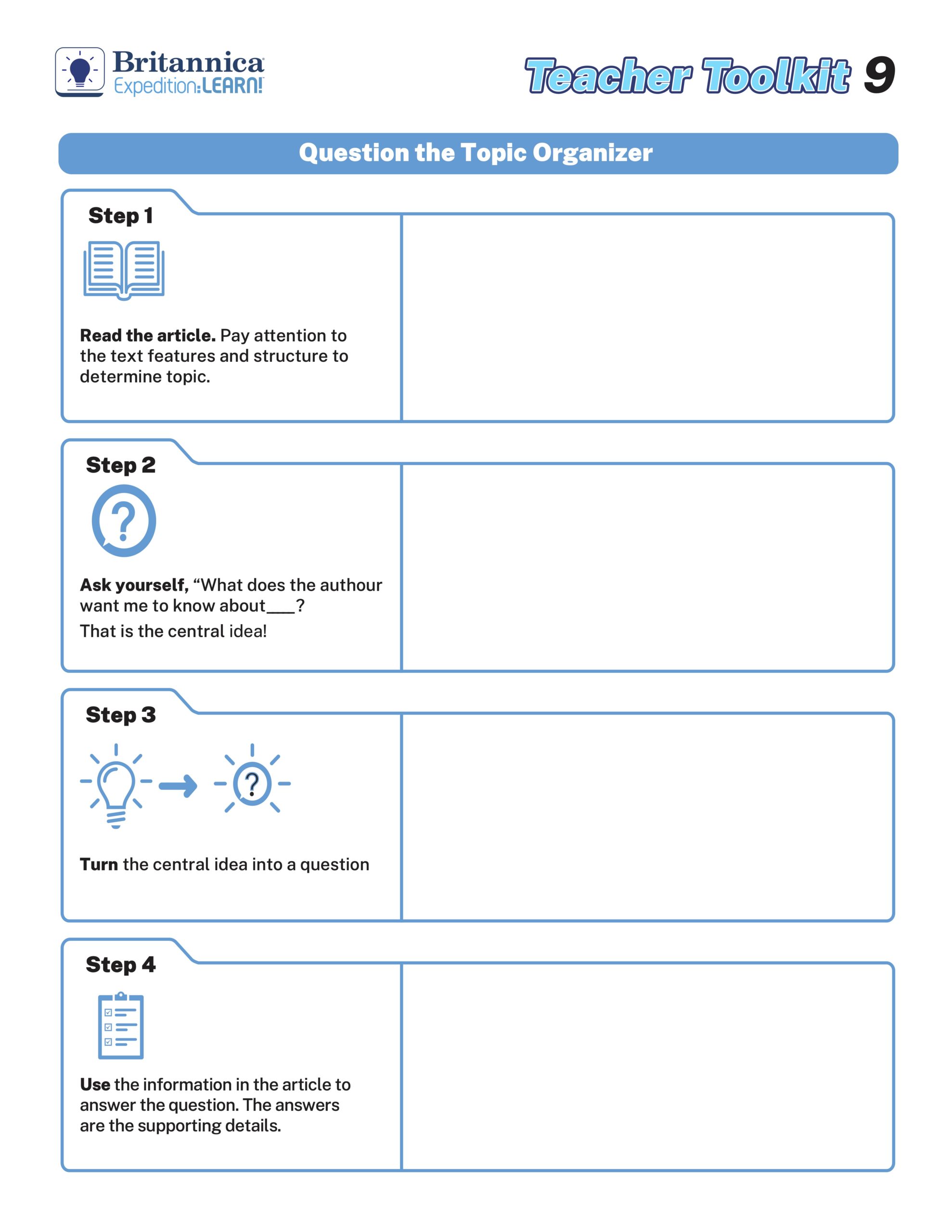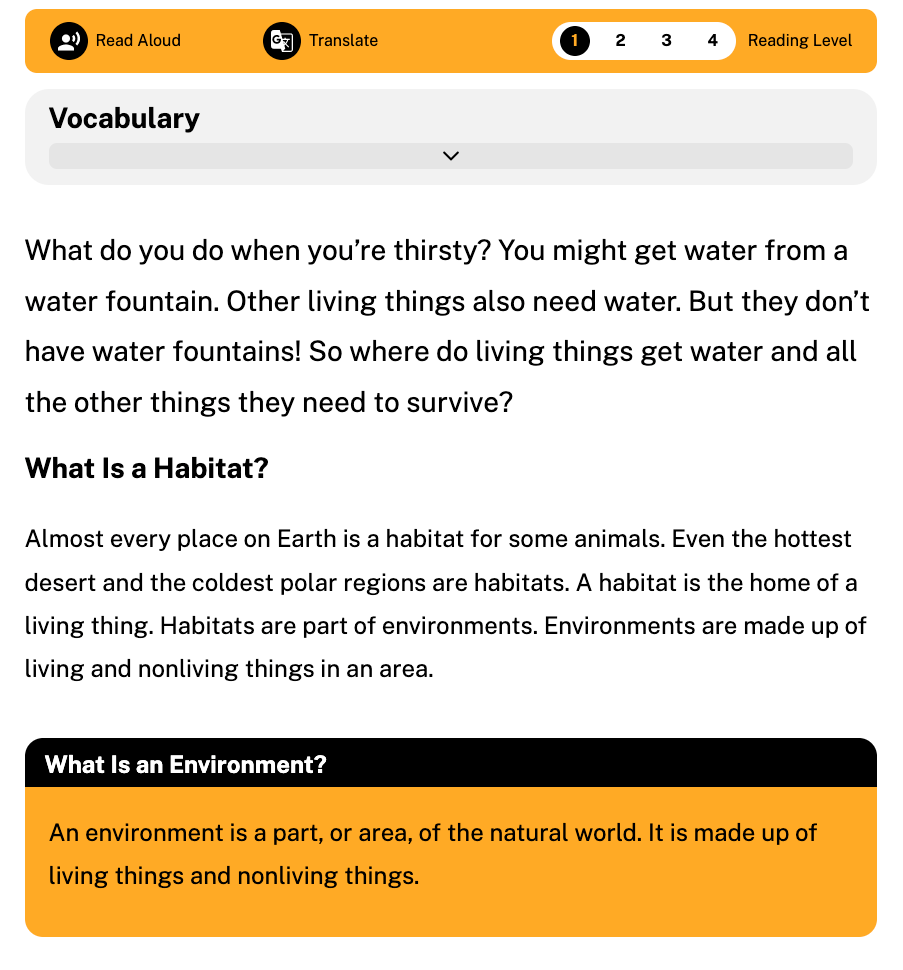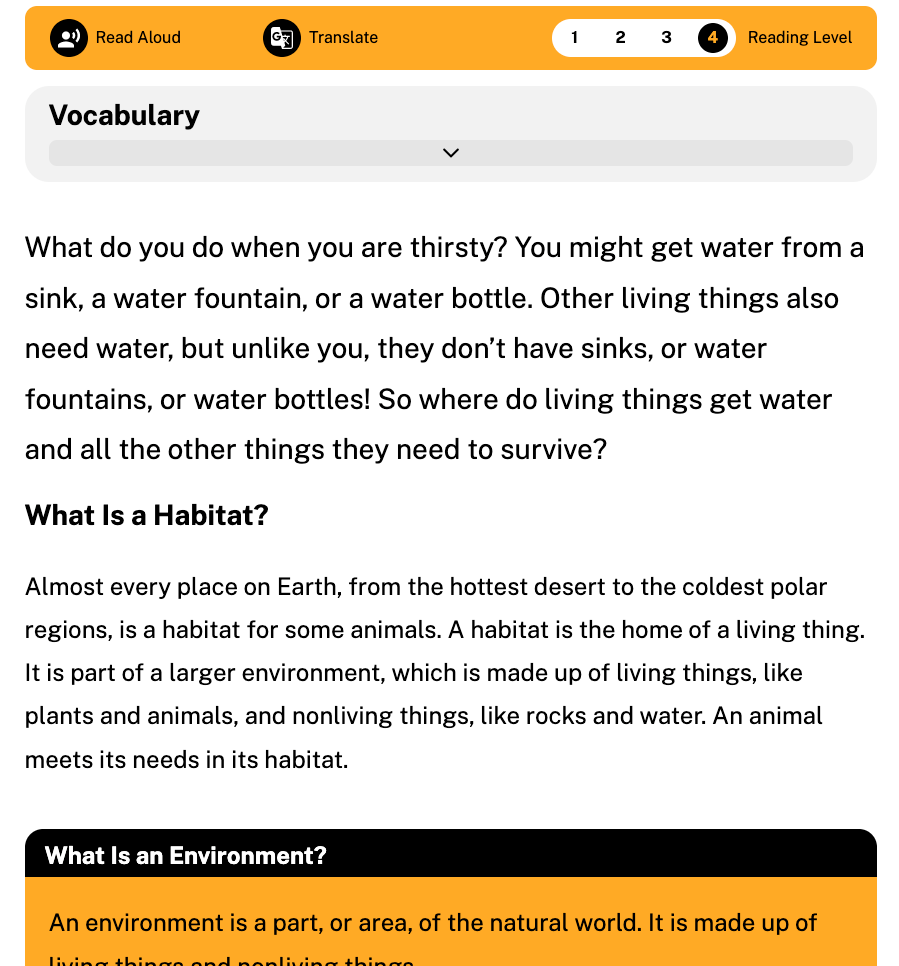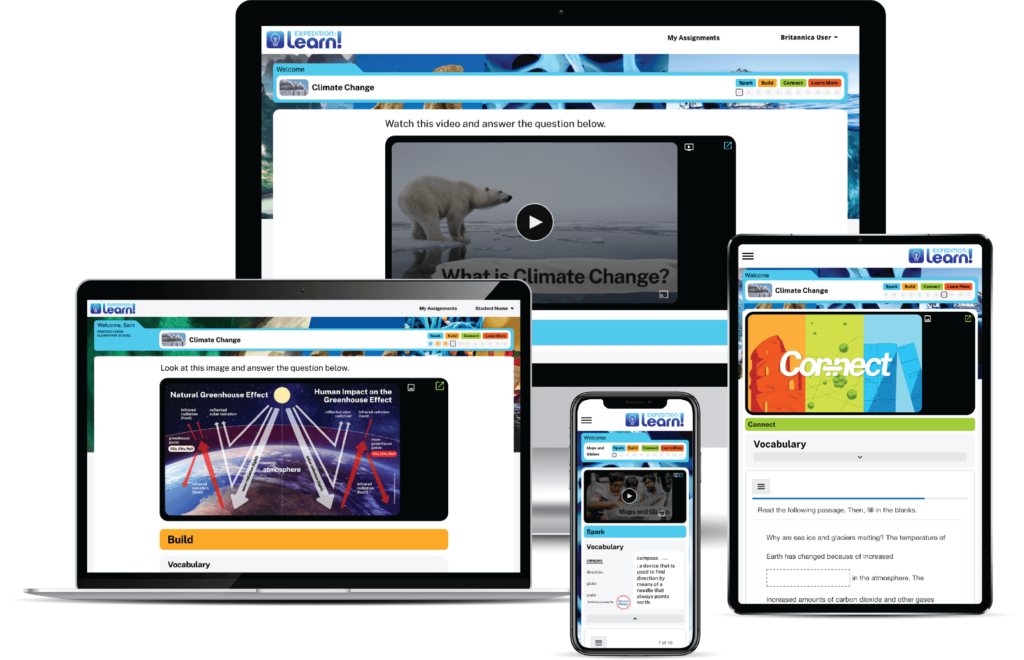One incredible challenge for today’s teacher is to uncover effective uses of classroom technology in ways that lead students to engage deeply, think critically, and work collaboratively so that they may learn, solve problems, and create results that wouldn’t be possible without the tools being employed.
This is no easy feat—teachers must contend with limitations, such as device access, classroom technology hiccups, budgets for hardware and tools, and, of course, time. They must learn to use the hardware and tools well enough to be able to teach others to do so, while also managing the concerns that go along with students being given access to the Internet or social media.
This is a huge task, but it is a worthy one because of the AMAZING experiences technology can bring to the classroom.
Get more from classroom technology with the following strategies:
1. Make reading active with digital annotation.
Annotation is a skill that allows readers to interact and connect with text. It elevates readers from being third-party observers to becoming part of the story, which supports a deeper understanding and improved retention. Instead of simply reading the text, readers who annotate learn to question, analyze, and think critically about the information they are absorbing. In fact, annotation is a key piece in the critical-reading and critical-thinking puzzle. With digital annotation capabilities, students can engage in activities such as: exploring new vocabulary, answering teacher-led questions to ensure understanding of key concepts, and formulating their own questions as they read through text.
2. Help primary sources come alive.
For example, ask students to choose and research a Prohibition-era figure through primary source images, text pieces, or video available through safe classroom products such as LaunchPacks: Social Studies. Expose students to a place or time period through a virtual field trip, allowing them to see the landscape, the historical structures, the art, and the people with their own eyes.

3. Personalize instruction for unique student needs.
Classroom technology tools make it easier for teachers to cater to unique student needs. In a recent Front Row Education survey, 93 percent of teachers said they had students who are below grade level in their classrooms, while 70 percent said they had students who are at least one grade level ahead. Digital resources allow teachers and students to modify the reading level and the types of content they are viewing and empowers the student to get additional help through the digital resources as needed.
4. Pair literature with digital social studies content.
Giving students the opportunity to read engaging historical fiction connects them to the time period, history, and issues under consideration. Pairing fiction with engaging nonfiction resources ensures that students get the background information they need to read closely and think critically about fiction.
5. Create a classroom of student collaboration.
Have students collaborate on writing a shared story in real time. They can edit, add content, draw illustrations, and create their own book jackets—even when they aren’t seated next to each other in class.
With the multitude of classroom technology products in the education market, our goal is to be an informational resource to help you create a thriving digital ecosystem for your schools.
To learn about Britannica’s latest digital instruction resource that enables schools and districts to facilitate a culture of inquiry-based learning in their classrooms, click here!

